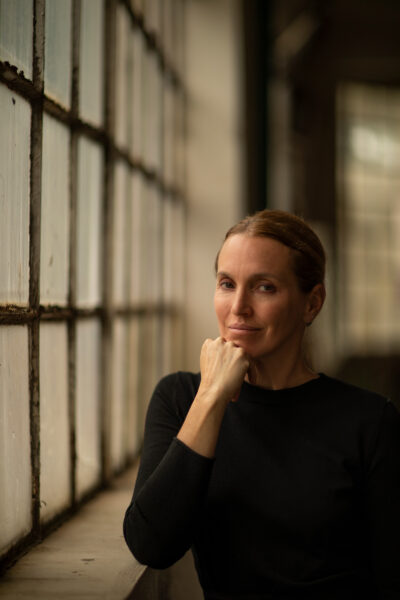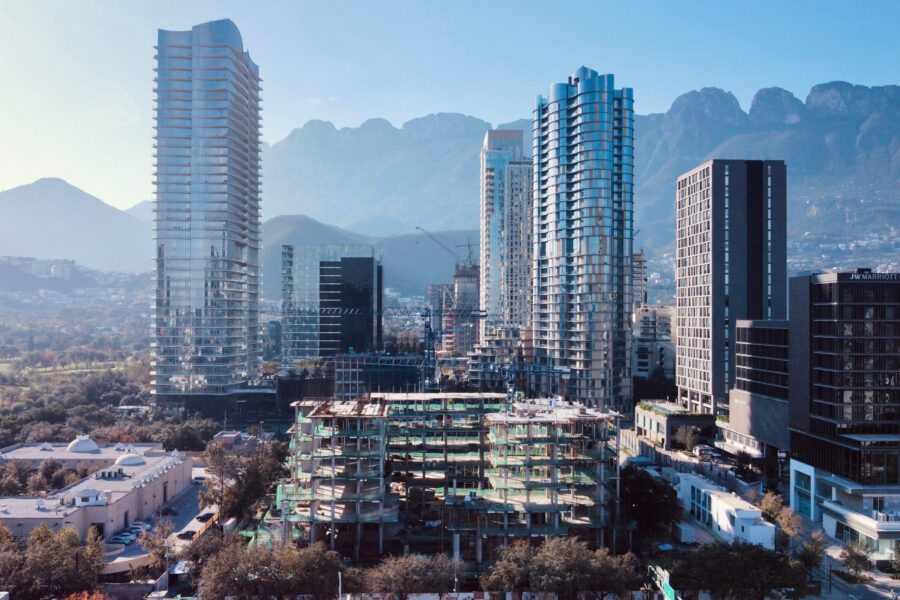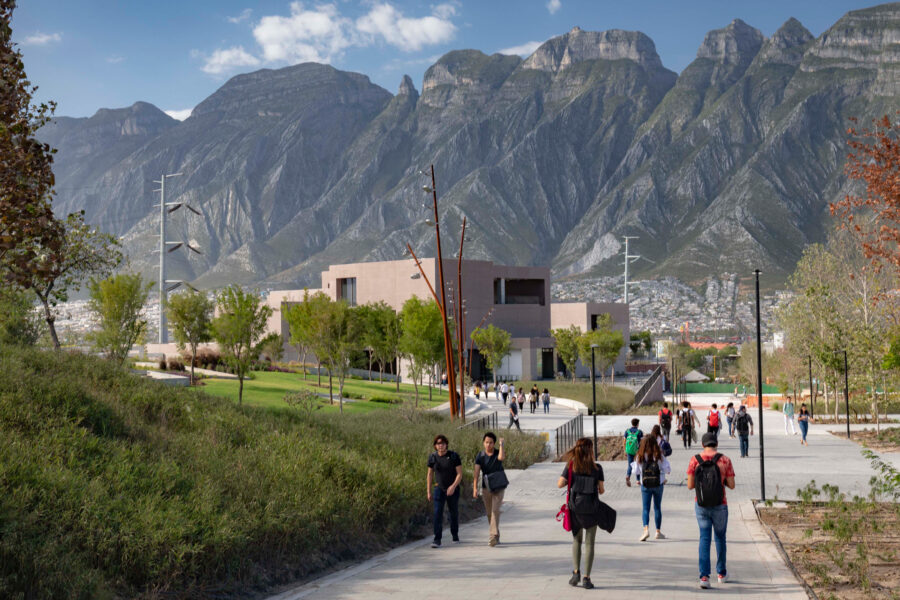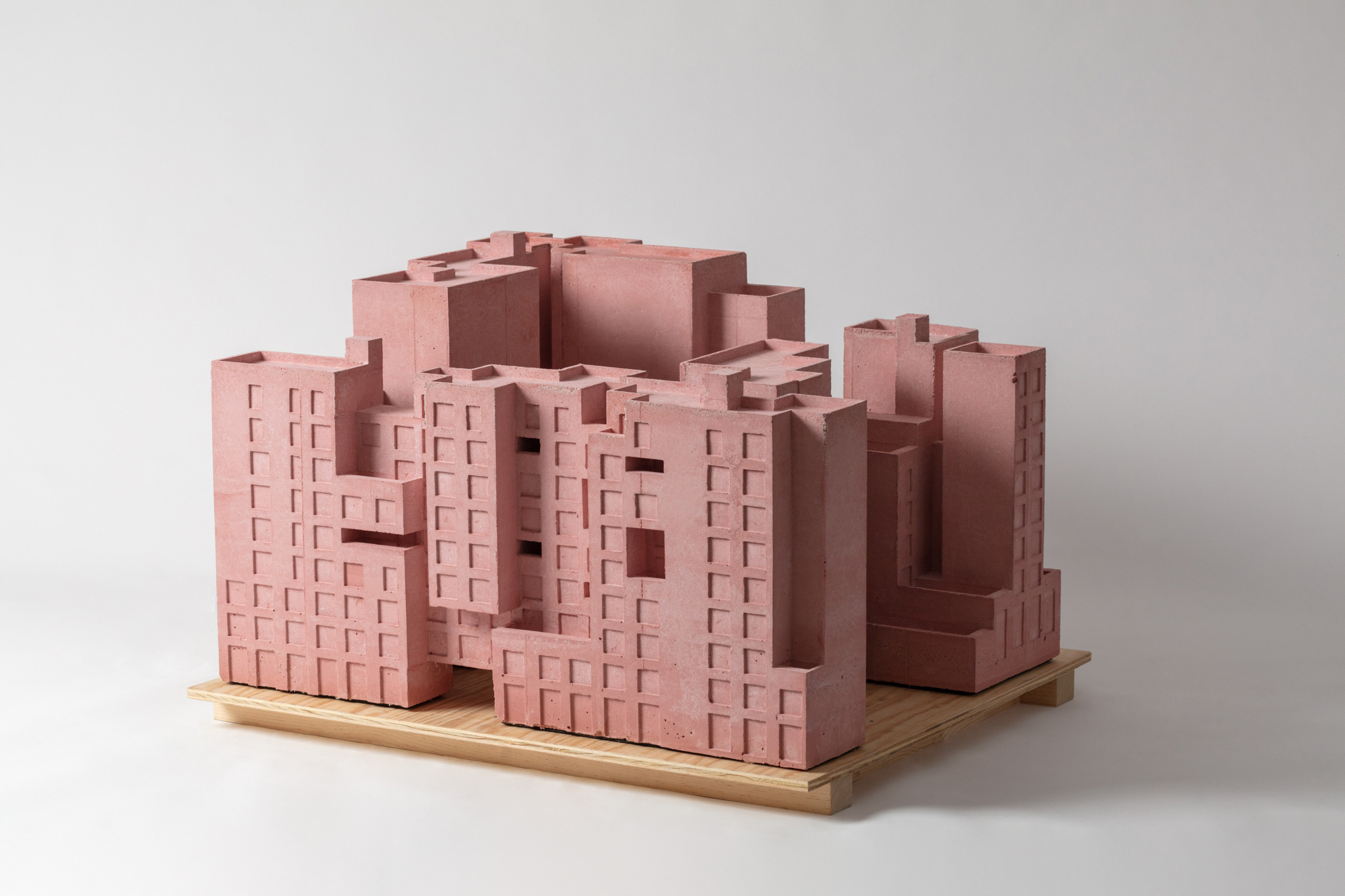Story at a glance:
- Tatiana Bilbao founded her namesake practice in 2004 in Mexico City.
- Bilbao is a leader in designing for equity, as she pushes people to think differently.
- “How can we create architecture that becomes a platform for anyone to create their own way of living in it?”
Tatiana Bilbao dreams of sleeping in a hammock, in a home where Western ideas of “bathroom” and “bedroom” are turned on their heads. “I really would love to have a bathroom the size of my bedroom and a bedroom the size of my bathroom,” she says. “I’m not kidding; I would like to sleep in like a monk cell—really small—and I would love to have a bathroom so big I could spend hours there.”
The Western notion of the bedroom is so specific, Bilbao says. “That’s a place with a bed. What is a bed? A standard piece of furniture that the West invented for sleeping. There are many people in the world who cannot and do not sleep on these things, you know?” she says. “For example in the Yucatan Penninsula, it’s super humid there, so they sleep in hammocks, which is very practical because you swing at the same time; you get fresh air; and it’s harder for bugs or scorpions or snakes to reach you.”

When it comes to equity, Tatiana Bilbao pushes people to think differently. “How can we create architecture that becomes a platform for anyone to create their own way of living in it?” Photo by Ana Hop
Bilbao and her namesake studio and team of 55 are based in Mexico City, where she’s been working since founding her practice in 2004. Much of her work focuses on rethinking the way we live, work, and interact, from affordable housing strategies to city planning to large-scale parks, a research center and aquarium, and other public projects. When it comes to equity, she pushes people to think differently.
“How can we create architecture that becomes a platform for anyone to create their own way of living in it?” As it stands, she says every decision an architect or designer makes about a space determines how it can or cannot be used.
Bilbao says modern technologies make it easier than ever to open up the idea of rooms, though. Consider a person who doesn’t want a kitchen. Maybe they are rarely home, they’re single, or they just don’t want a kitchen. “How can you occupy that space that is very valuable today for other uses?” Then, there’s the living room, much explored and reconsidered during the pandemic. “How can we allow more flexibility? We do it by not labeling spaces.”
How can we allow more flexibility? We do it by not labeling spaces.
Currently Bilbao and her team are working on a 150-unit domestic building in Monterrey, Mexico called Roble 700, expected to be complete in 2025. The client emphasized a desire for community, saying that equated to 150 units plus amenities. “We’re like, ‘No, that will not create a community. Booking your hour in the pool or in the yoga room will not create a community,” Bilbao says. “Instead of amenities there are many open spaces around the building to be programmed. There are spaces that can be a living room or a yoga room or a place for children. There’s a terrace with a barbecue. There’s communal kitchen space.” There’s even a guest room occupants can reserve. “If your parents come to visit you don’t need to put them in the living room on the couch. You could put them in this room.”

Tatiana Bilbao Estudio designed Roble 700 not to be divided by its floors and corridors, but instead thought of as a series of spaces that foster the possibility of different types of relationships between neighbors. Photo by Christian Belmont
All of the common spaces connect to the apartments, and many flexible rooms open up a world of possibility. The complex itself opens to the city via a clustered patio in the center that connects the interior of the building with the urban environment. Design, again, should be flexible. She goes back to the bed in a room example. That may be how she lives now, having grown up in the Western world, but so often we do things without even thinking about them. “I really don’t understand who decided I needed to share a bed with a person. I really don’t get it, but any built space I can find around me has a double room. How can we understand that not one single person in this world lives the same? And how can architecture allow every single person to live the way they decide to live and not become part of the system that discriminates against those who are not in the standard way of living?”

The University of Monterrey UDEM project is part of an overall mission to achieve a 100% pedestrian campus in the future. Photo by Jonnu Singleton
While it is abundantly clear that people are different, that we inhabit the world differently and have diverse wants and needs on any given day, most buildings are designed for a specific “type” of person.
“The domestic built environment is designed in the majority of countries today—and the industry supports this, the policy supports this, the code supports this or restricts other forms—for a form of living as a couple with two kids. The majority of the built environment is built for these social configurations,” she says. One room is larger than the others, then depending on a family’s economic situation, there are other rooms. There’s a kitchen, there’s a bathroom, there’s a living space. “But guess what? If you decide to live this way, as a heteronormative couple with two kids, you exist only in that condition for, what, 15 years?”
Even with kids, she says, that setup changes, and she should know. She not only leads a busy architecture and design office and travels the world for work; she also has five children. “The children become teenagers, and even though they live with you, that’s a totally different story in terms of space,” she says.
Bilbao hopes architects will continue to open up the ideas of spaces to more possibilities and more types of people. “We don’t as humans inhabit the space the same way every day.”



